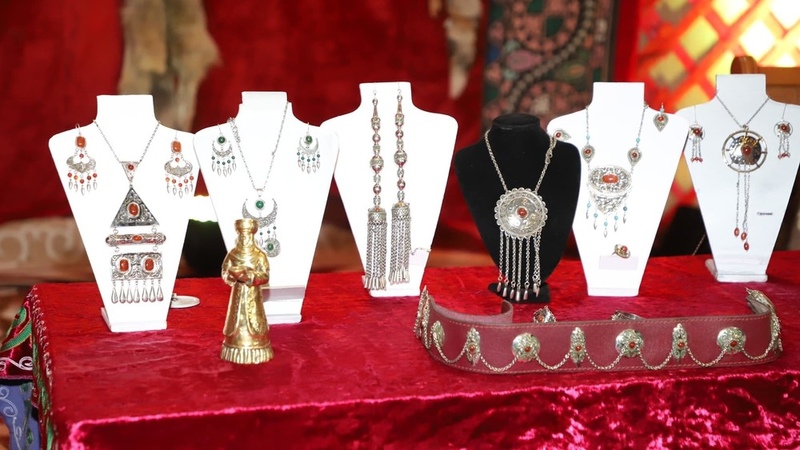
Jewelry Industry in Kyrgyzstan
The jewelry industry in Kyrgyzstan, though relatively small compared to global markets, is a vital and culturally significant sector in the country. Jewelry in Kyrgyzstan often reflects the nation’s rich heritage, blending traditional designs with modern trends. The sector is supported by local craftsmen, small workshops, and a few larger enterprises catering to both domestic and international markets. Below is an overview of key players, materials, and trends in Kyrgyzstan’s jewelry market.
Key Jewelry Companies in Kyrgyzstan
Several companies and independent artisans contribute to the local jewelry market:
1. Kyrgyz Jeweler: This is a notable company in Kyrgyzstan, specializing in crafting traditional Kyrgyz designs using locally sourced and imported materials. They often incorporate silver and gemstones, focusing on intricate patterns inspired by the country’s nomadic heritage.
2. Kumtor Gold Products: While Kumtor is primarily known for gold mining, it has a significant influence on the local jewelry market by providing high-quality gold for crafting jewelry. Local jewelers often use gold from Kumtor to create premium products.
3. Orion Jewelry: Orion is a modern jewelry company that blends contemporary designs with traditional Kyrgyz motifs. They cater to urban clients seeking unique yet culturally resonant pieces.
4. Altyn Oi: This company focuses on handmade jewelry, using silver and semi-precious stones like turquoise, amethyst, and jasper. Their products emphasize Kyrgyz traditions, appealing to both local and tourist markets.
5. Independent Artisans: Kyrgyzstan has a robust community of independent jewelers who sell their creations at local bazaars, such as Dordoi Market in Bishkek. These artisans often work with silver, producing affordable and authentic pieces.
Materials and Design Trends
Traditional Motifs: Kyrgyz jewelry often incorporates designs inspired by the country’s history, including symbols of the yurt, animal motifs, and intricate floral patterns.
Gold and Silver: Gold remains a symbol of wealth and status, while silver is more commonly used for traditional jewelry.
Gemstones: Locally sourced and imported gemstones, including turquoise, garnet, and lapis lazuli, are popular in Kyrgyz designs.
Contemporary Styles: Younger designers are blending traditional Kyrgyz elements with modern aesthetics to create pieces appealing to a global audience.
Market Trends and Challenges
Tourism Influence: The jewelry market benefits from tourism, as visitors often purchase traditional Kyrgyz pieces as souvenirs.
Export Potential: While most jewelry is consumed domestically, there is growing interest in exporting Kyrgyz designs to neighboring countries and beyond.
Regulations: Government regulations on precious metals and stones can sometimes create hurdles for smaller jewelers.
Technology and Innovation: Digital platforms are gradually becoming a part of the industry, with online sales increasing for both local and international customers.
Conclusion
The jewelry industry in Kyrgyzstan is a fascinating mix of tradition and innovation. Local companies and artisans play a crucial role in preserving and promoting Kyrgyz cultural heritage through their creations. While the sector faces challenges like limited resources and regulatory hurdles, it also holds significant potential for growth, particularly through exports and tourism-driven demand. By continuing to innovate while staying rooted in tradition, Kyrgyzstan’s jewelry industry can carve a niche in both regional and global markets.



Leave a Reply